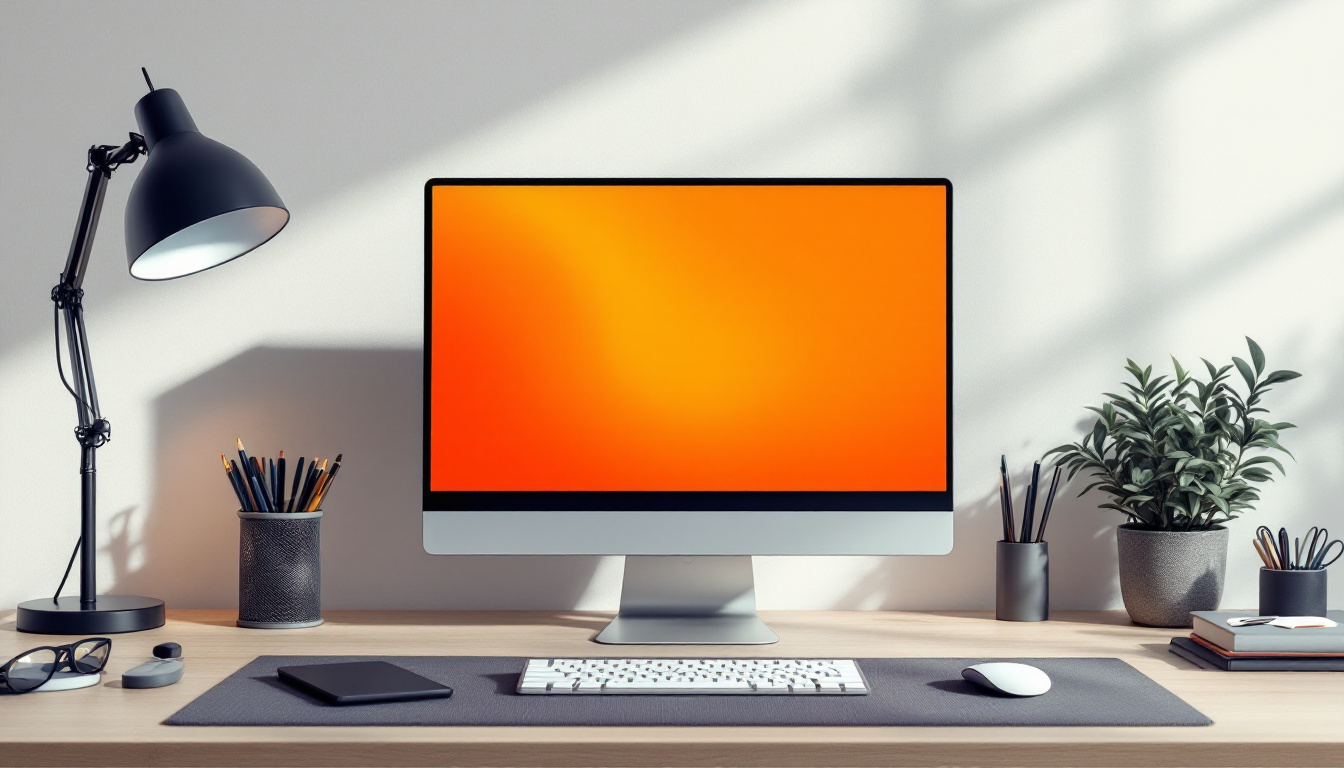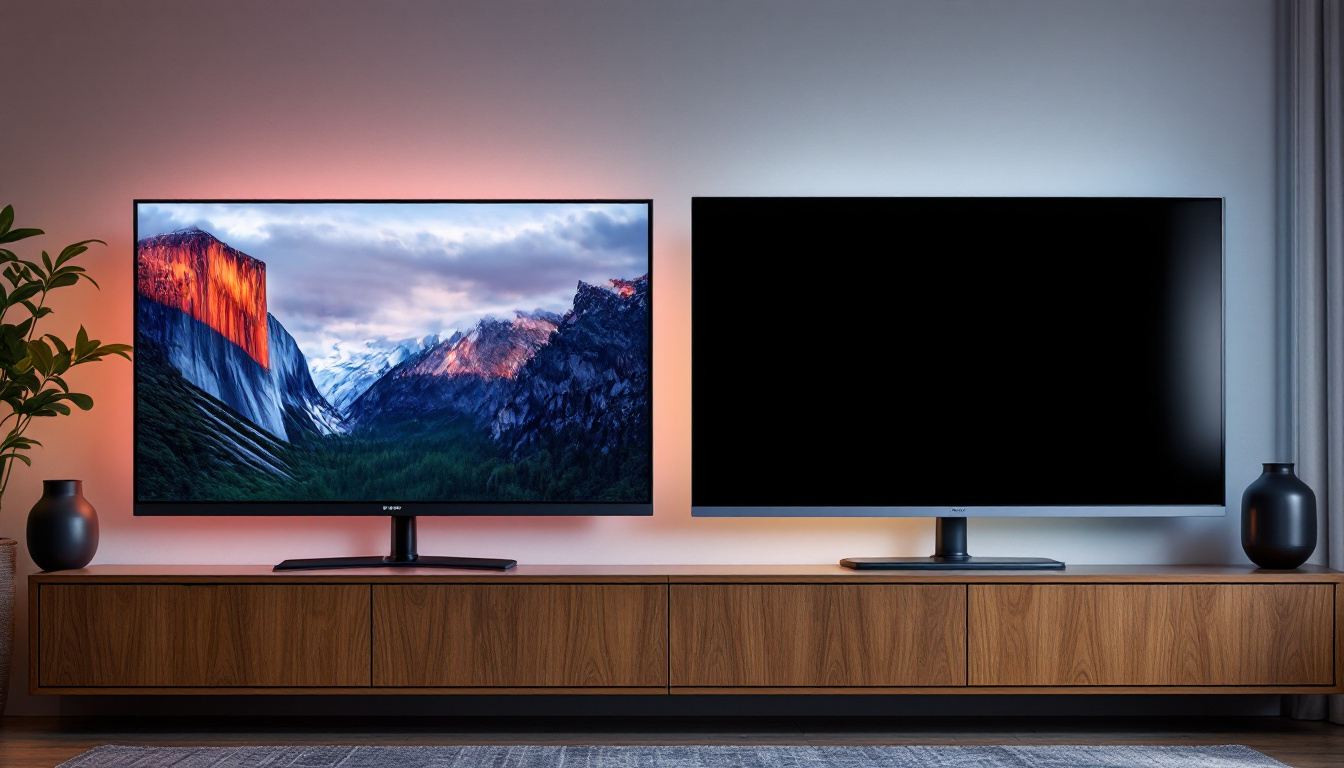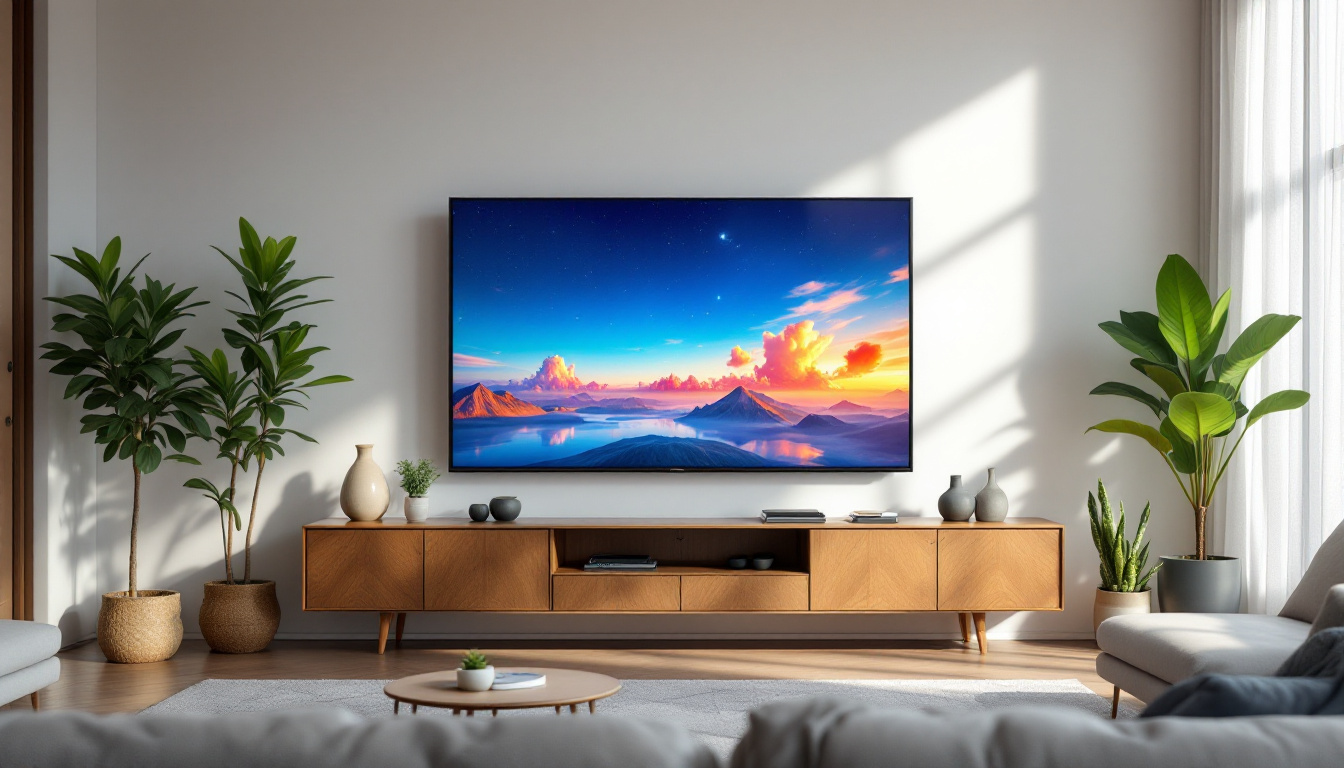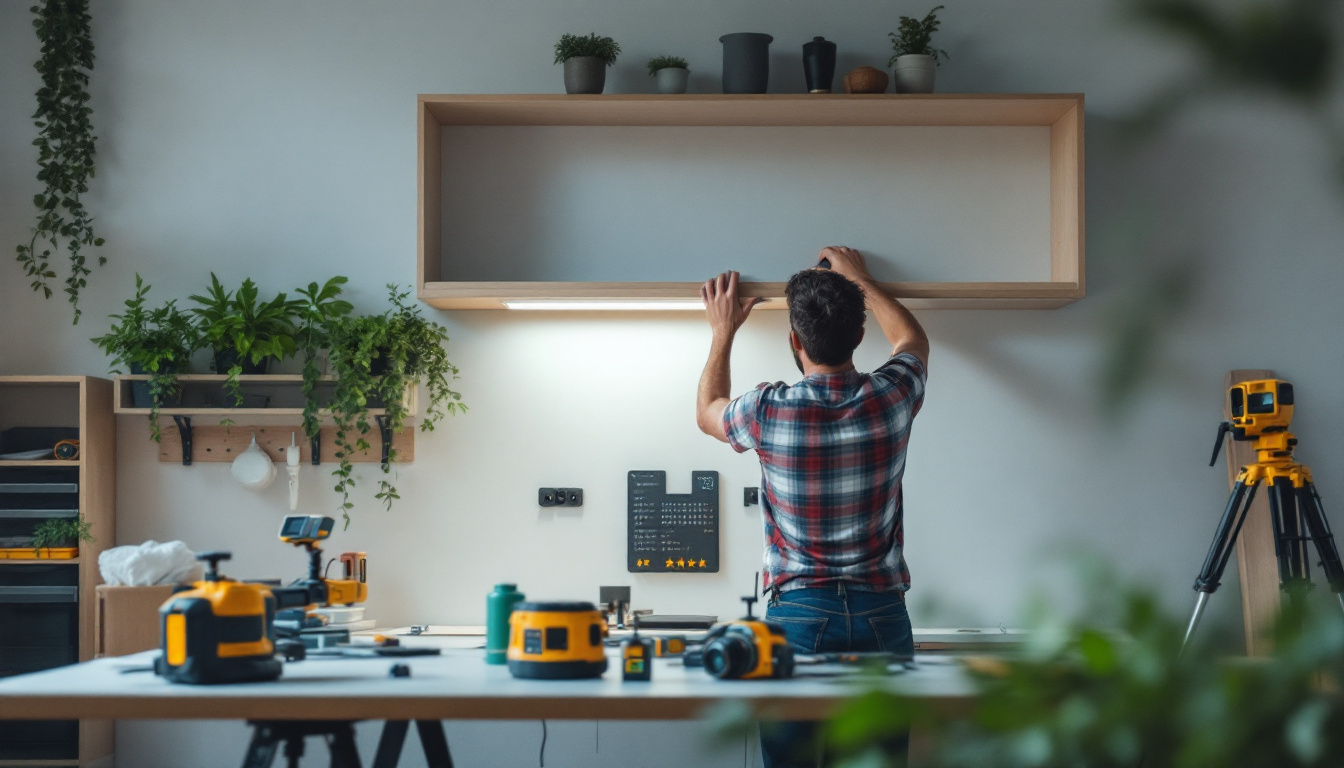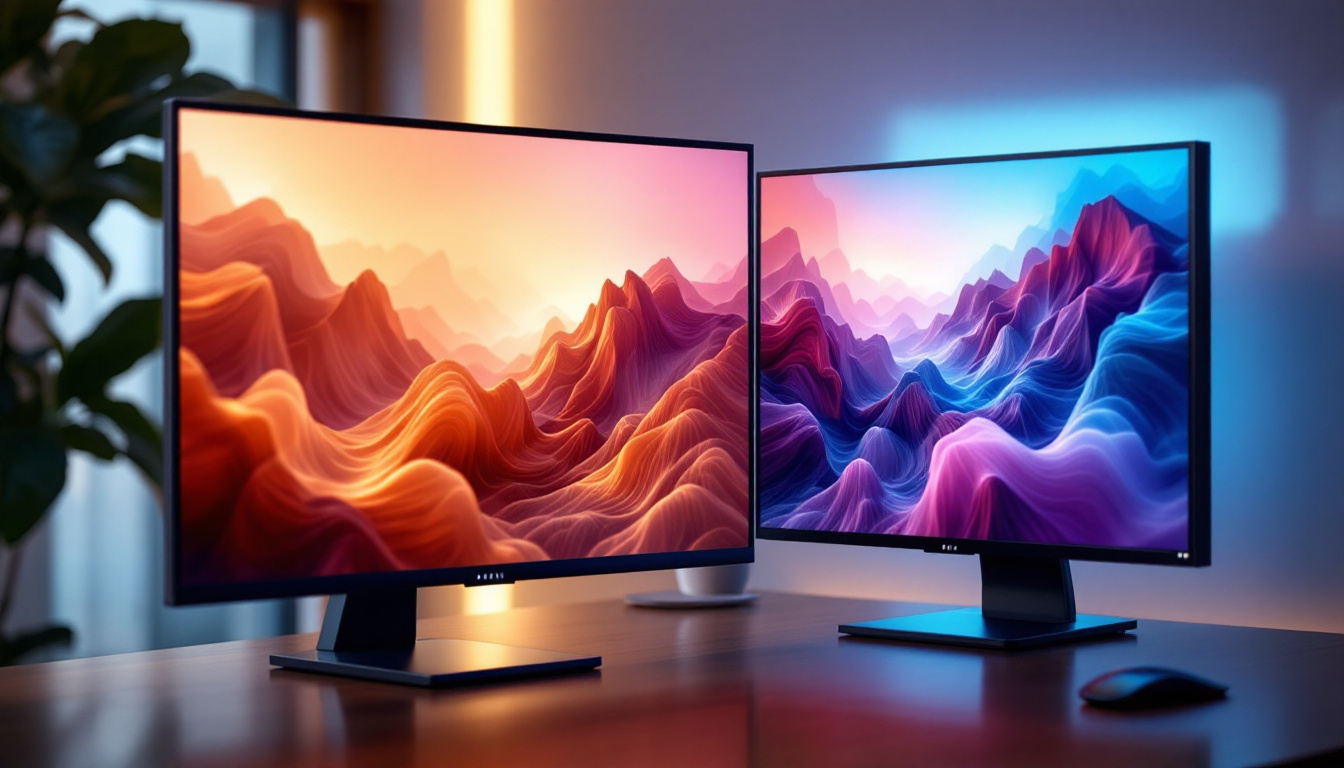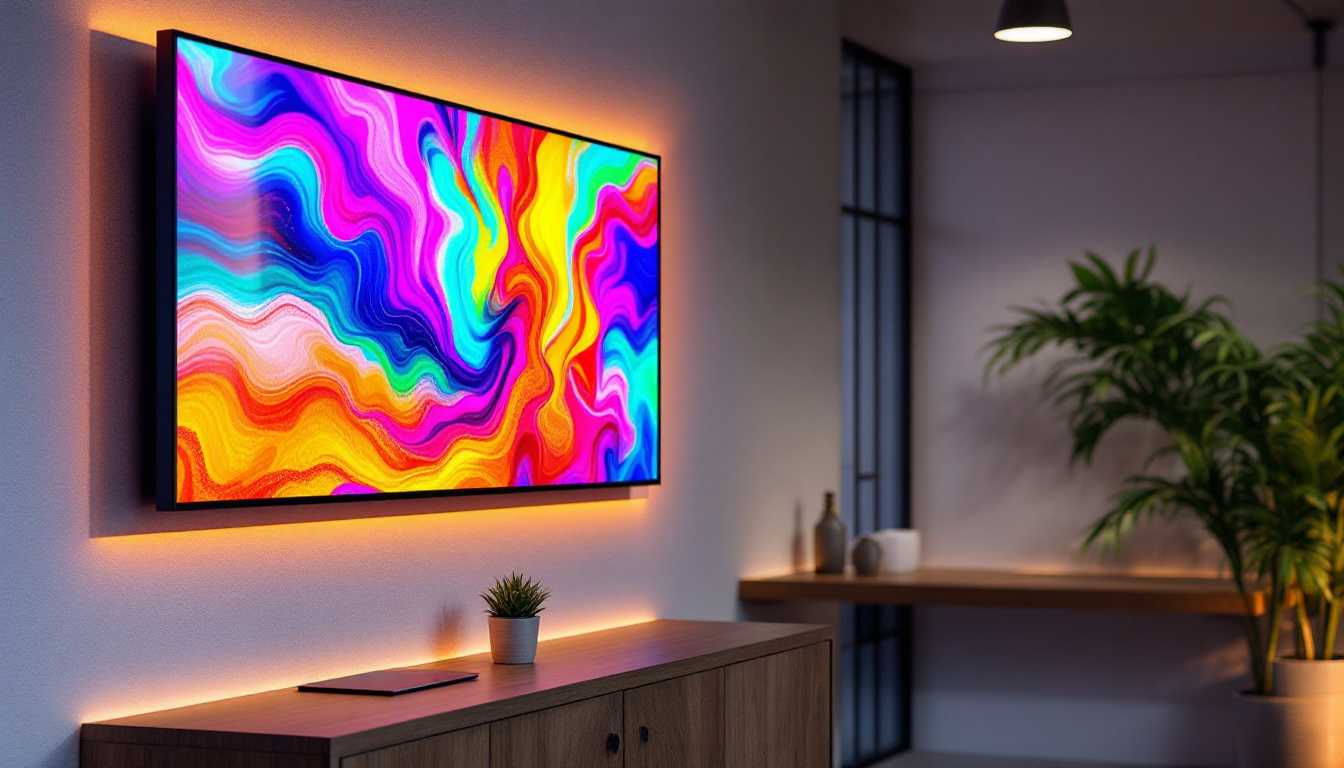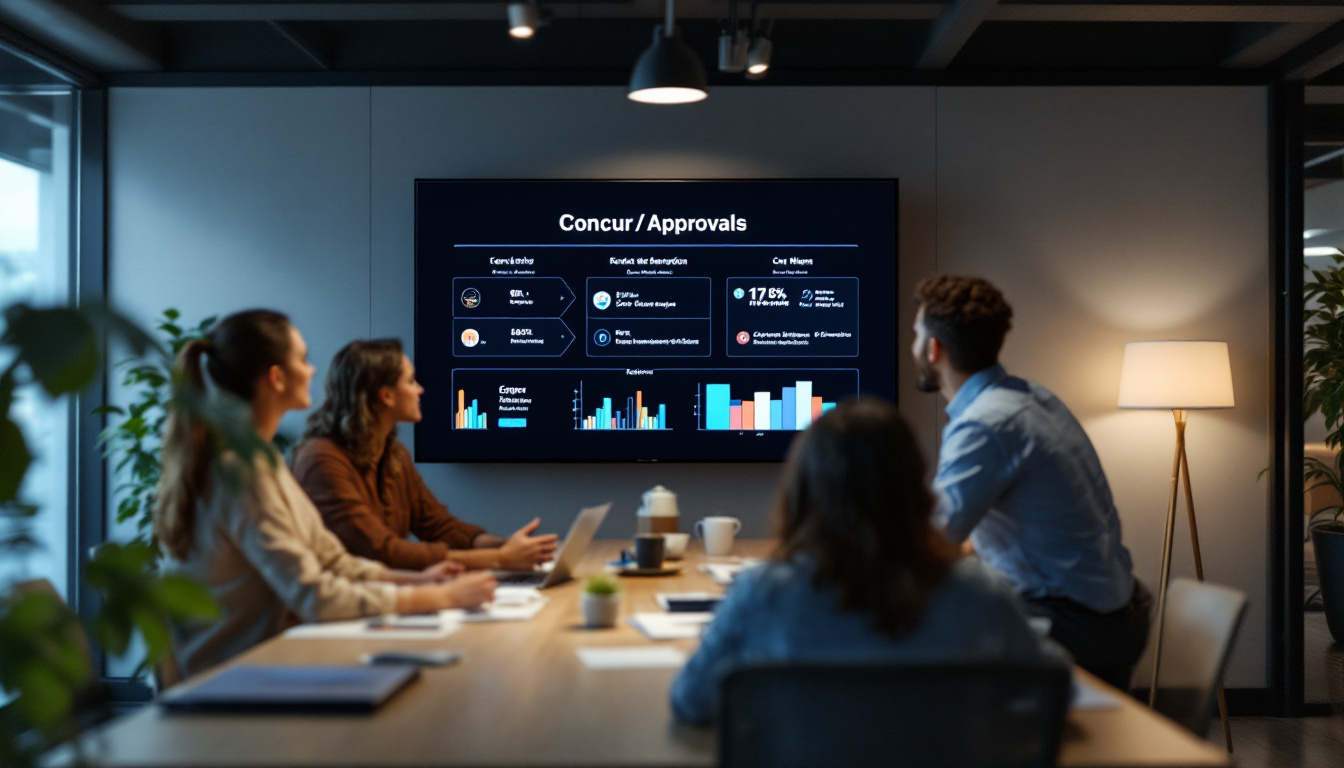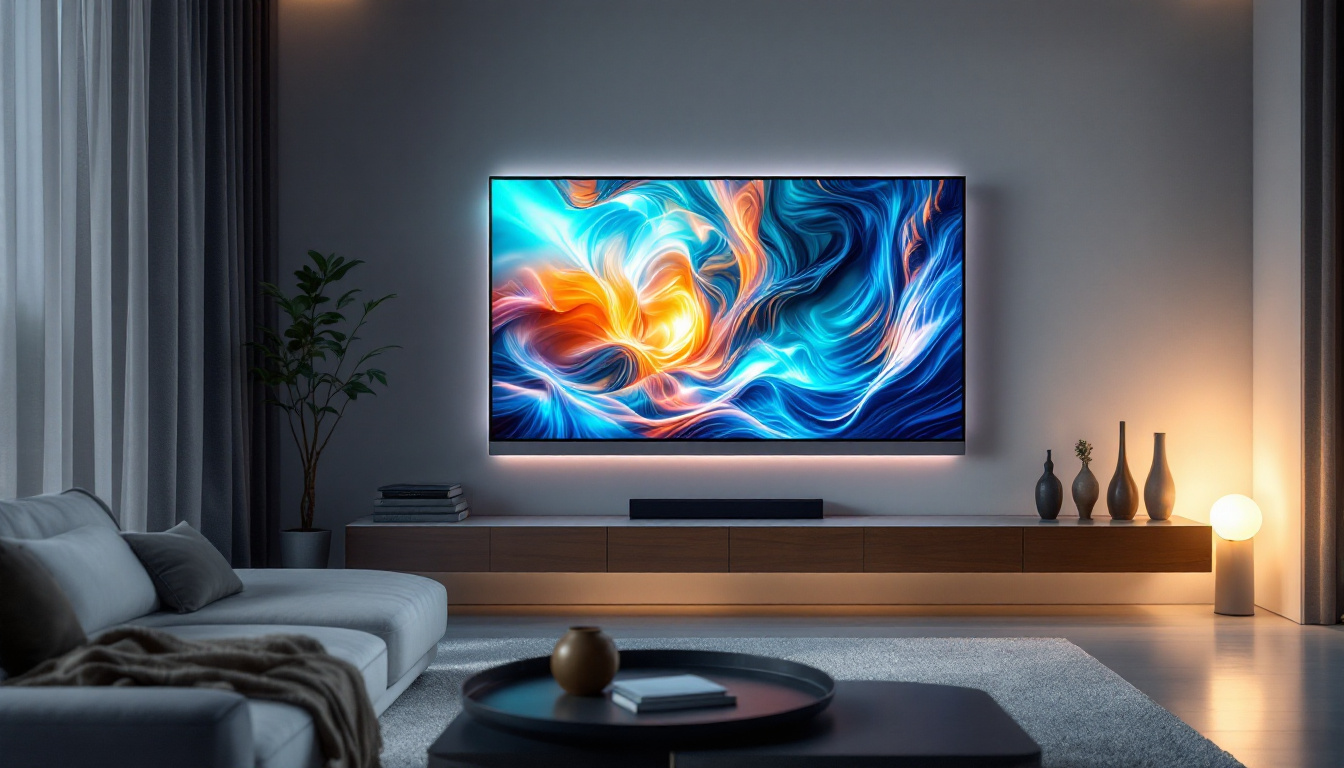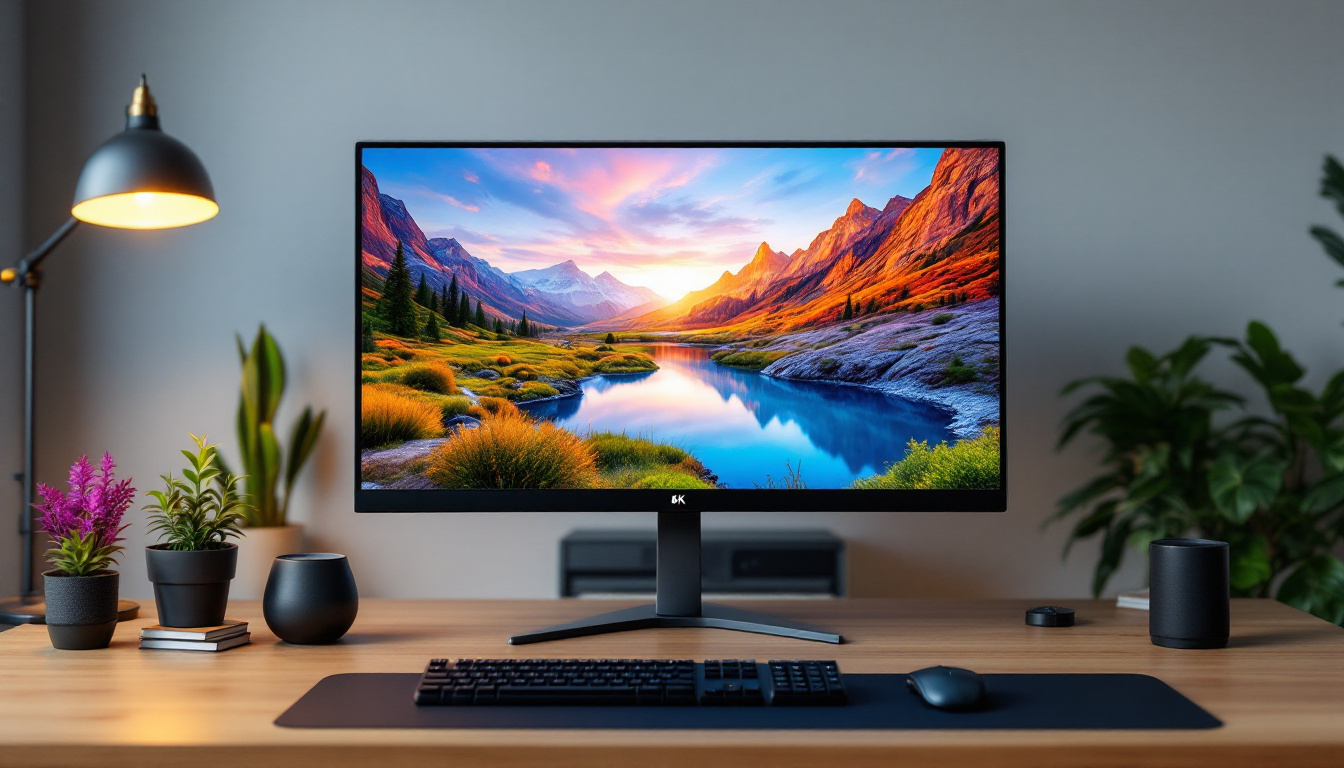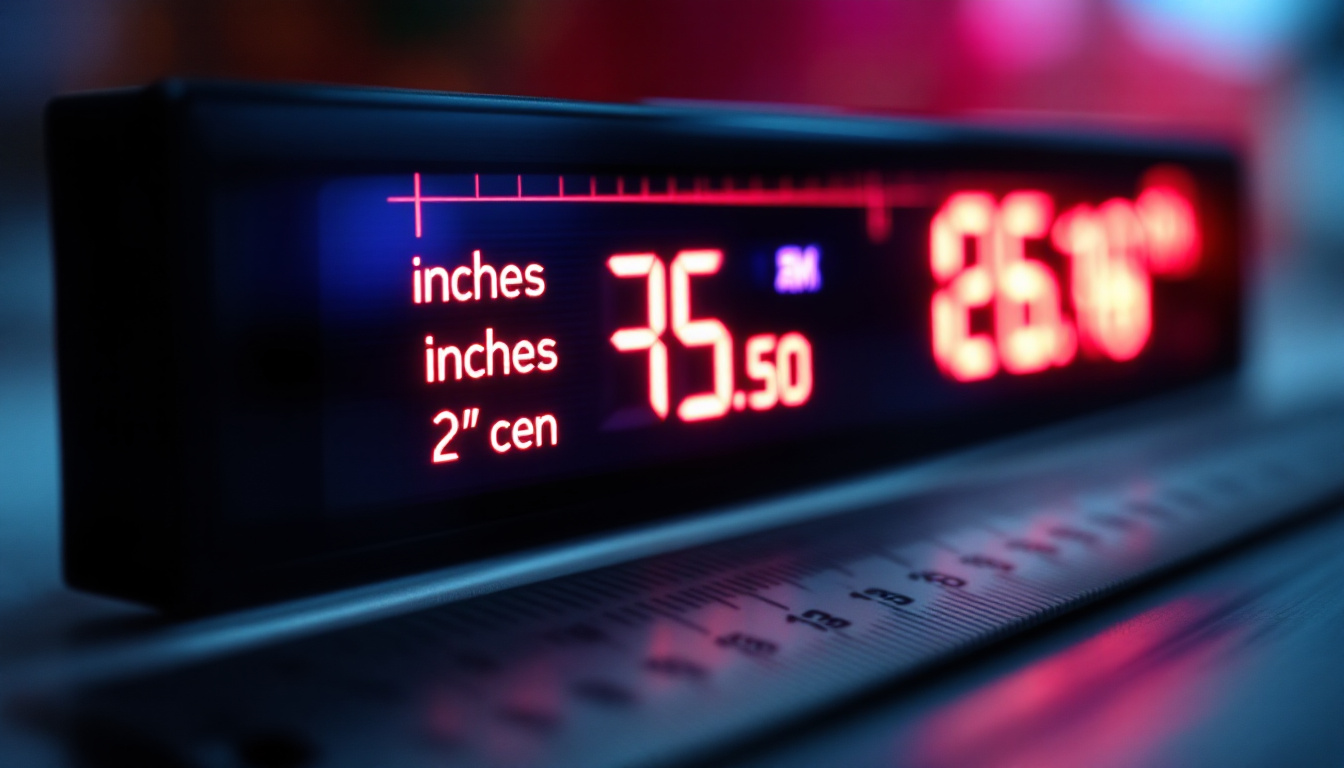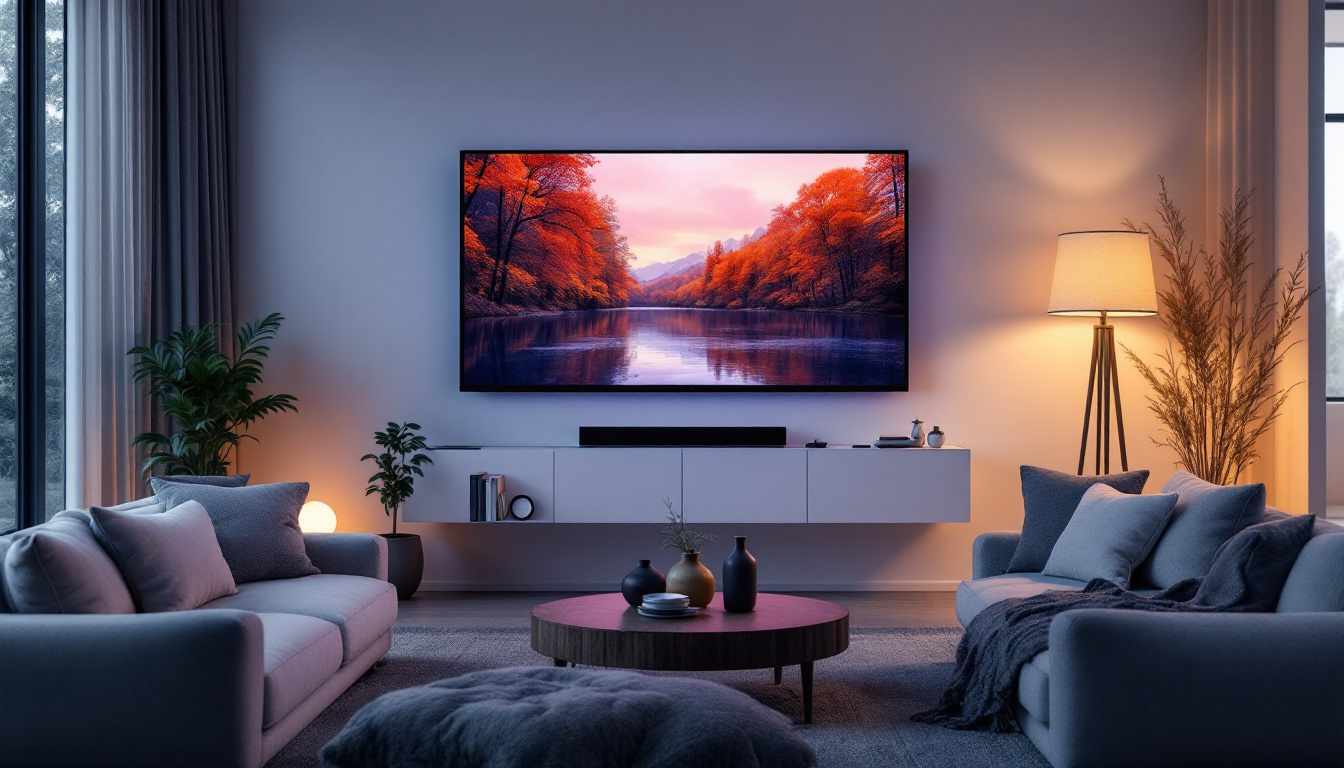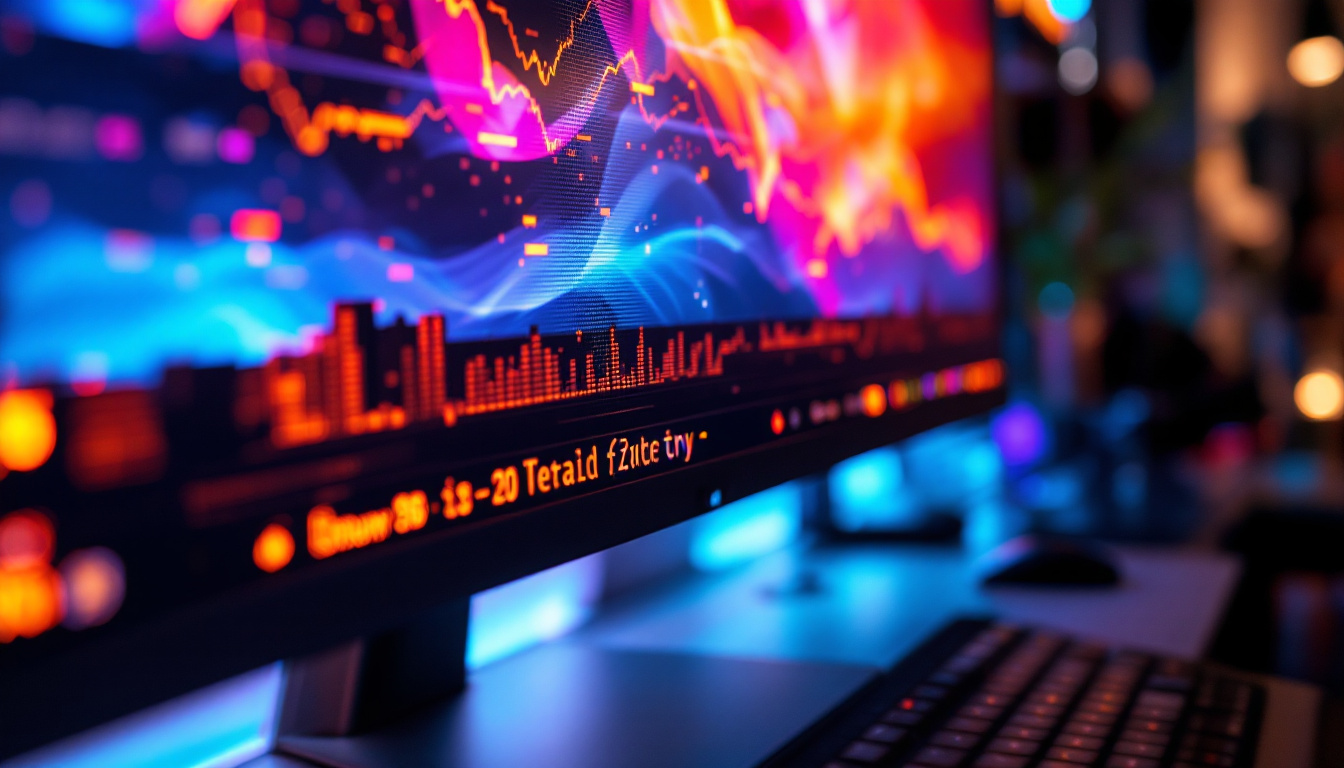In today’s digital age, having a reliable computer monitor is essential for both work and leisure. With numerous options available, finding a cheap small computer monitor that meets your needs can be a daunting task. This article explores the benefits of LED displays, their features, and what to consider when purchasing a budget-friendly monitor.
Understanding LED Technology
Light Emitting Diode (LED) technology has revolutionized the way screens display images. Unlike traditional LCD monitors that use fluorescent backlighting, LED monitors utilize tiny diodes to produce light, resulting in vibrant colors and deeper contrasts. This section delves into the fundamentals of LED technology and its advantages.
How LED Displays Work
LED displays operate by using a matrix of diodes that emit light when an electric current passes through them. These diodes can be arranged in various configurations, such as edge-lit or backlit, to enhance the display quality. Edge-lit monitors have LEDs positioned along the edges of the screen, while backlit monitors feature a full array of LEDs behind the screen, providing more uniform brightness.
This technology allows for thinner and lighter monitors, making them an attractive choice for those with limited desk space. Additionally, LED monitors consume less power compared to their LCD counterparts, which can lead to significant savings on electricity bills over time. The reduced energy consumption not only benefits users financially but also contributes to a lower carbon footprint, making LED displays a more environmentally friendly option.
Benefits of LED Displays
One of the most significant advantages of LED displays is their superior color accuracy and brightness. The ability to produce a wider color gamut means that images appear more vivid and lifelike. Furthermore, LED monitors typically have faster response times, reducing motion blur during fast-paced activities such as gaming or watching action movies.
Another benefit is the longevity of LED technology. LED monitors can last significantly longer than traditional displays, often exceeding 30,000 hours of use. This durability makes them a cost-effective option for budget-conscious consumers. Moreover, the resilience of LED technology means that they are less prone to burn-in issues that can plague other types of screens, ensuring that users enjoy consistent performance over the years.
In addition to their practical advantages, LED displays also offer a range of features that enhance user experience. Many modern LED monitors come equipped with advanced technologies such as HDR (High Dynamic Range), which allows for a greater range of brightness and colors, enhancing the viewing experience for movies and games. Furthermore, features like adaptive sync technology help to eliminate screen tearing, providing a smoother visual experience. As the demand for high-quality displays continues to grow, LED technology is poised to remain at the forefront of display innovation.
Key Features to Look For
When searching for a cheap small computer monitor, it’s essential to consider various features that can impact your overall experience. Understanding these features can help you make an informed decision that aligns with your specific needs.
Screen Size and Resolution
Screen size and resolution are critical factors that influence the viewing experience. Small monitors typically range from 15 to 24 inches, making them ideal for limited spaces. However, it’s essential to choose a size that suits your usage requirements. For instance, if you’re primarily using the monitor for basic tasks like browsing the web or working on documents, a smaller size may suffice. Conversely, if you plan to watch videos or engage in graphic design, a larger screen may enhance your experience significantly.
Resolution is another vital aspect. Full HD (1920×1080) is a standard resolution for most small monitors, providing sharp and clear images. For those who require more detail, consider a monitor with higher resolutions, such as Quad HD (2560×1440) or even 4K (3840×2160), if the budget allows. Higher resolutions not only improve clarity but also allow for more screen real estate, enabling multitasking without the need for multiple monitors.
Refresh Rate and Response Time
The refresh rate, measured in hertz (Hz), indicates how many times per second the monitor updates the image. A higher refresh rate, such as 75Hz or 144Hz, can result in smoother motion, which is particularly beneficial for gaming or video editing. Gamers, in particular, will appreciate the fluidity that a higher refresh rate provides, as it can enhance their overall gameplay experience and provide a competitive edge.
Response time, measured in milliseconds (ms), refers to how quickly a pixel can change from one color to another. A lower response time is preferable, as it reduces motion blur and ghosting effects. For casual use, a response time of 5ms or lower is generally acceptable. However, for fast-paced gaming or high-action video content, look for monitors with a response time of 1ms to ensure that you experience crisp visuals without any lag.
Connectivity Options
Connectivity is another crucial aspect to consider when purchasing a monitor. Ensure the monitor has the necessary ports to connect to your devices. Common connectivity options include HDMI, DisplayPort, and VGA. Additionally, some monitors may offer USB ports for easy access to peripherals. This can be particularly useful for those who frequently connect devices such as external hard drives or USB flash drives, streamlining the process of transferring files or accessing data.
For those who use multiple devices, consider a monitor with multiple input options, allowing for seamless switching between devices without the need to constantly unplug and replug cables. Some monitors even come with built-in KVM switches, enabling users to control multiple computers with a single keyboard and mouse setup. This feature can significantly enhance productivity, especially for users who juggle between a work laptop and a personal desktop, making it easier to manage tasks efficiently.
Budget-Friendly Options
Finding a cheap small computer monitor doesn’t mean compromising on quality. Several brands offer reliable monitors that provide excellent performance without breaking the bank. This section highlights some budget-friendly options that are worth considering.
Top Affordable Brands
Several brands are known for producing quality monitors at competitive prices. Brands like Acer, ASUS, and Dell offer a range of small monitors that cater to various needs. These manufacturers often provide models with solid build quality, good color accuracy, and decent warranties.
Additionally, lesser-known brands such as AOC and ViewSonic have gained popularity for their affordable yet reliable monitors. These brands often provide excellent value for money, making them ideal choices for budget-conscious consumers.
Refurbished and Used Monitors
Another way to save money is by considering refurbished or used monitors. Many retailers offer refurbished products that have been tested and certified to meet quality standards. Purchasing a refurbished monitor can provide significant savings while still delivering reliable performance.
Used monitors can also be found through online marketplaces or local classifieds. However, it’s essential to thoroughly inspect the monitor and inquire about its history before making a purchase. Look for any signs of wear and ensure that the screen is free from dead pixels or other defects.
Setting Up Your Monitor
Once you’ve selected a cheap small computer monitor, the next step is setting it up correctly. Proper setup can enhance your viewing experience and prolong the life of your monitor. This section provides tips on how to set up your monitor for optimal performance.
Positioning Your Monitor
Positioning your monitor correctly is crucial for comfort and ergonomics. Ideally, the top of the screen should be at or slightly below eye level, with the monitor about an arm’s length away. This setup can help reduce strain on your neck and eyes during prolonged use.
Additionally, consider using a monitor stand or mount to adjust the height and angle of the screen. This flexibility allows for a more comfortable viewing experience and can help minimize glare from overhead lighting.
Adjusting Display Settings
After physically setting up the monitor, it’s essential to adjust the display settings for optimal performance. Most monitors come with built-in settings that allow users to modify brightness, contrast, and color temperature. Experimenting with these settings can help achieve a more pleasant viewing experience.
For those who use their monitors for specific tasks, such as graphic design or gaming, consider calibrating the display to ensure accurate color representation. Various calibration tools are available, both as software and hardware, to assist with this process.
Maintaining Your Monitor
Proper maintenance can extend the life of your monitor and ensure it continues to perform at its best. This section outlines essential maintenance tips to keep your cheap small computer monitor in excellent condition.
Cleaning Your Monitor
Regular cleaning is vital for maintaining a clear display. Dust and fingerprints can accumulate on the screen, affecting image quality. To clean the monitor, use a microfiber cloth and a gentle screen cleaner specifically designed for electronics. Avoid using harsh chemicals or abrasive materials, as these can damage the screen.
Additionally, ensure that the monitor’s ventilation areas are free from dust. Over time, dust can accumulate in these areas, leading to overheating and potential damage. Use compressed air to gently blow out any dust buildup.
Software Updates
Keeping your monitor’s drivers and software up to date is essential for optimal performance. Manufacturers often release updates that can improve compatibility and fix any bugs. Regularly check the manufacturer’s website for any available updates and follow their instructions for installation.
Conclusion
In conclusion, finding a cheap small computer monitor with LED display technology can significantly enhance your computing experience. By understanding the fundamentals of LED technology, key features to consider, and budget-friendly options, consumers can make informed decisions that align with their needs.
Proper setup and maintenance are equally important, ensuring that the monitor remains in excellent condition and provides reliable performance for years to come. With the right knowledge and careful consideration, anyone can find a monitor that meets their needs without exceeding their budget.
As technology continues to evolve, keeping an eye on new developments in monitor technology can also help consumers stay informed about the best options available. Whether for work, gaming, or casual use, a quality monitor is an investment worth making.
Explore LumenMatrix LED Display Solutions
Ready to elevate your visual experience with a high-quality LED display? Look no further than LumenMatrix, a leader in innovative LED display technology. Whether you’re seeking to boost your brand’s presence, create an immersive environment, or simply enjoy vibrant visuals, LumenMatrix offers a diverse range of solutions tailored to your needs. From Indoor and Outdoor LED Wall Displays to specialized options like Vehicle, Sports, and Floor LED Displays, each product is designed to captivate and engage. Discover the transformative power of LumenMatrix’s Custom, All-in-One, and Transparent LED Displays, and see how they can redefine visual communication for your business. Check out LumenMatrix LED Display Solutions today and step into a world of unparalleled clarity and impact.

